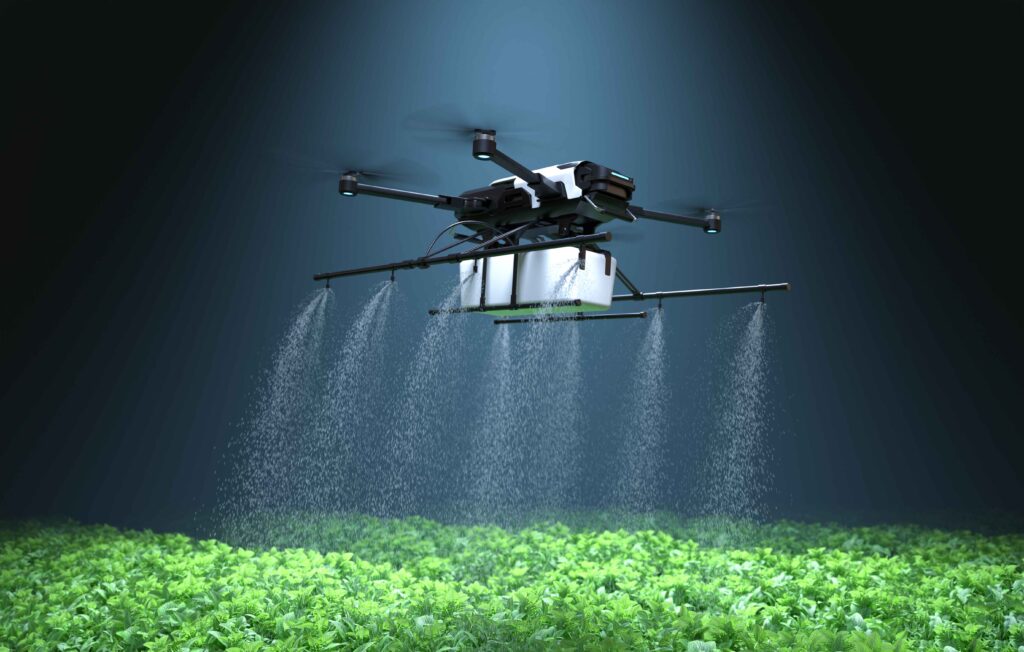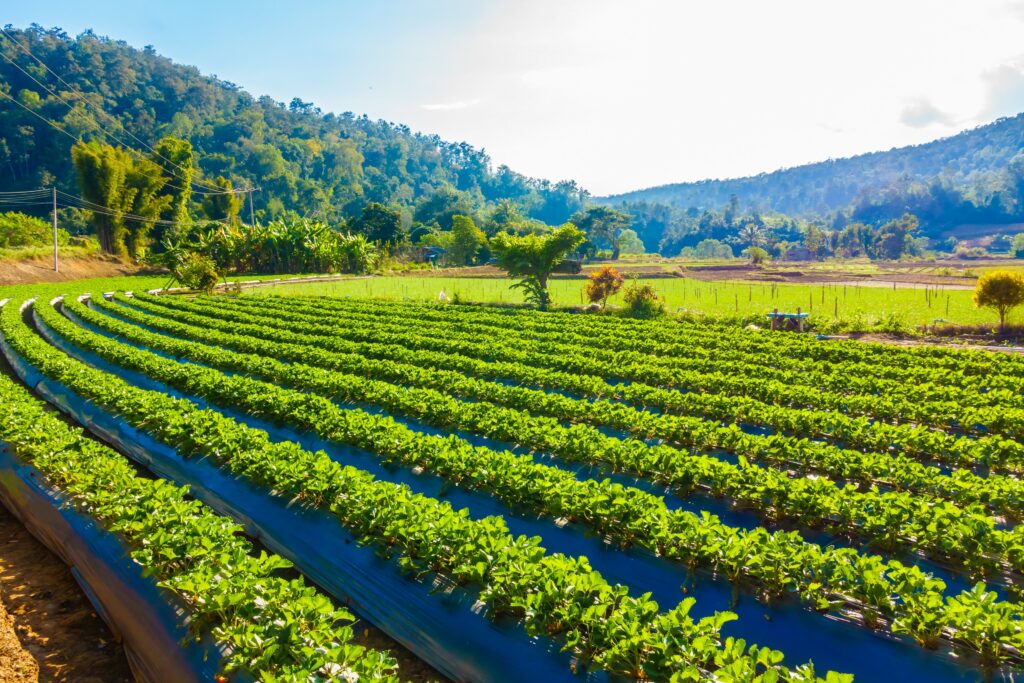The agriculture sector is expanding nowadays due to increased population demand, and technology plays an important role in it. One of the most important components of technology is the use of drones. Drones can help us from sowing to harvesting and in analyzing crops regularly. They can help us with such things as soil moisture and temperature, growth patterns, and most importantly, observing the early symptoms of various hazards.
What is Crop Health Monitoring?
Crop health monitoring [CHM] is one of the most essential methods of analyzing crops throughout their growth period, from the beginning to harvest. Farmers may quickly determine whether their crops are developing healthily or if there are any symptoms of disease by employing this technique. But in most developing countries, this method is mostly finished manually, which is a lengthy process, and at the same time, there is a possibility of errors. Drones make it very easy, convenient, and efficient for us.
Drones’ Role in Agriculture
One of the most effective tools is a drone in modern farming. Latest technology drones with a high-performance camera, battery, and sensors assist us in getting clear information regarding crops. By observing this information, farmers are aware of the development of their fields.
Drones not only help us in spraying for pesticides but also in seeding and mapping.
Benefits of Using Drones for Crop Health Monitoring
The following are the benefits:
1. Crop Disease Detection
Drones have many features for observing the early symptoms of crop diseases that are not detected by the human eye. Among such characteristics are heat and spectral cameras, which use infrared light to identify abnormalities. In this way, farmers can locate the affected part, which ultimately reduces chemical consumption and prevents the spread of disease.
2. Large-Scale Field Cover
Drones can do the things in minutes that are done by humans in days or even weeks. They scan the entire field in a very short time. Drones inspect acres of land without skipping any part of the crops. For industrial farms, which cover thousands of acres, drones are therefore quite useful.
3. Cost-Effectiveness for Farmers
Drones can reduce the overall expenses by minimizing labor costs. When we do it manually, it also requires a lot of machinery, and inspection also requires more visits, but drones do it in only one flight. Farmers can increase their earnings by using drones.
How Drone Technology Works in Crop Monitoring
For the purpose of collecting and examining aerial data regarding crops, drone technology uses an advanced type of software, sensors, and a global positioning system (GPS). These components perform different functions, such as cameras that capture images in both visible and infrared light. The information is processed by software and shows the abnormal areas of dryness and disease.
The farmer can spot an area of the field that needs irrigation, fertilizer, and other treatments. So drones assist farmers in monitoring the growth of fields on a daily or weekly basis.
Challenges and Limitations
1. High Cost
Drones with advanced technology, such as high-resolution cameras, modern sensors, usually cost more. Drones can save money on large farms in the long run, but for small farms, they are not valid because the initial cost is very high, as much as thousands of dollars. Therefore, drone utilization is not feasible for small producers without the help of government subsidies.
2. Skill Requirements
Drones are the latest technology and are difficult to operate, so we require some specific skills to operate them. Farmers are not very skilled in using them, which creates challenges, as in underdeveloped nations. Therefore, it is the responsibility of the government to give training to farmers to take advantage of its benefits without having to deal with its significant disadvantages.

Future of Drones in Crop Monitoring
In the future, technology will become more common, easier, and convenient. So more and more farmers will use this drone technology in crop health monitoring and related things. Time ahead when agriculture is mostly based on technology for extra production.
In the near future that technology will come in which drones will be operated both automatically and manually. Thus, it also saves time and a lot of labor stress.
Drone technology is currently receiving increasing amounts of funding from the government and the agriculture research institute. In fact, some governments actually set up a portion of their budget to achieve remarkable outcomes in that area.
Conclusion
Although there are clear pros and cons and a balanced approach can maximize its benefits and minimize its negative effects. In addition to being a trend, drones have tremendous potential for smart agriculture in the future.
Therefore, if you have an attachment to the farming industry and crops, now you have an excellent opportunity to use drone technology to produce remarkable agricultural results.


